9.2 /10 1 Votes
Initial release date 20 May 1991 | 4.6/5 CoolROM Publisher SNK | |||||||||||||||||||||||||||||||||
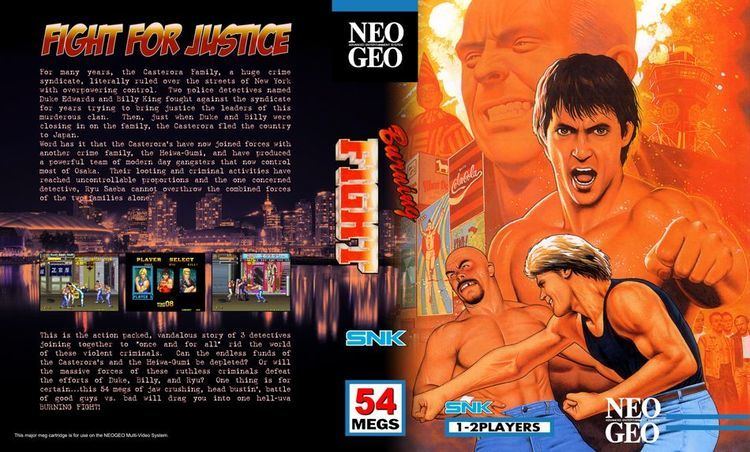 | ||||||||||||||||||||||||||||||||||
Release date(s) May 20, 1991ArcadeJP: May 20, 1991Neo Geo AESNA: August 9, 1991JP: August 9, 1991Neo Geo CDNA: 1995JP: September 9, 1994Virtual ConsoleNA: April 14, 2008JP: May 7, 2008EU: May 30, 2008AU: May 30, 2008 Mode(s) Up to 2 players simultaneously CPU 68000 (@ 12 MHz) Z80(@ 4 MHz) Display Raster, 320 x 224 pixels (Horizontal), 4096 colors Similar SNK games, Beat 'em up games | ||||||||||||||||||||||||||||||||||
Burning fight arcade 2 player netplay 60fps
Burning Fight (バーニングファイト) is a beat 'em up arcade game released by SNK in 1991 for the Neo Geo MVS system. Introduced to capture a share in the then-popular beat-'em-ups market, it was meant to compete with Technōs' Double Dragon, the leader of the genre at the time. Three years after its release in the arcades and on the Neo Geo AES, it was released on Neo Geo CD as the only other home version.
Contents
- Burning fight arcade 2 player netplay 60fps
- Burning fight arcade playthrough longplay 2 players co op neogeo beat em up snk fightcade
- Gameplay
- Reception
- References
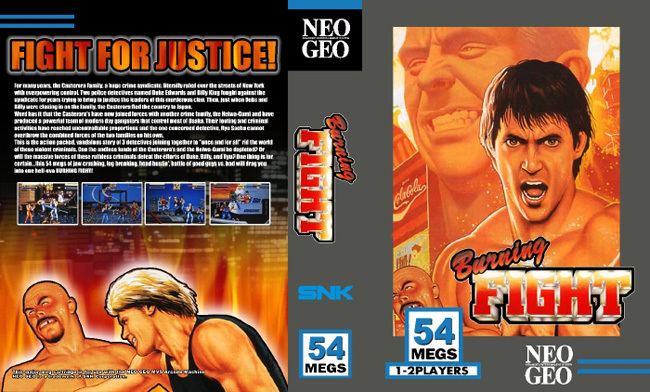
The game is produced by Eikichi Kawasaki, one of SNK's founders and the man behind various well-known SNK titles, such as Fatal Fury and Samurai Shodown series.

A re-released version of Burning Fight is included in SNK Arcade Classics Vol. 1, which was released for the PlayStation 2, PlayStation Portable and Wii in 2008.
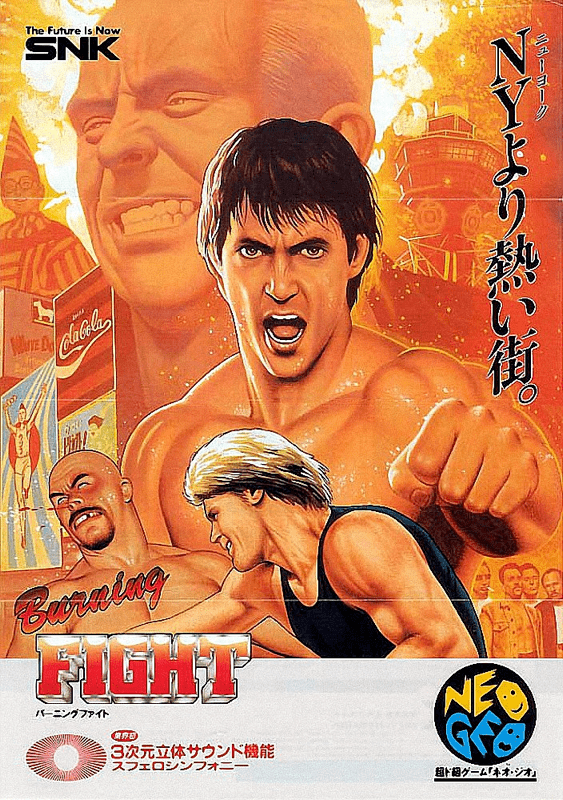
Burning fight arcade playthrough longplay 2 players co op neogeo beat em up snk fightcade
Gameplay
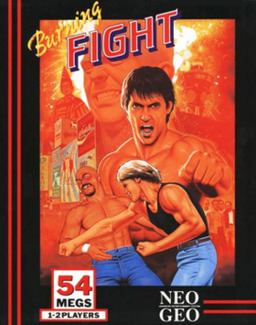
Burning Fight follows a formula and concepts commonly seen in titles of this genre, such as Streets of Rage, Double Dragon and Final Fight : balanced character selection, objects and weapons found on the ground cause greater damage to opponents, and semi-interactive environments (players can damage objects like phone booths and street signs along the way). The game is set in a fictional version of Osaka city (during a train station scene the platform even shows an "Umida" station sign).
There are three playable characters, each with their own levels of strength, agility and special moves: Ryu is quick but weak, Billy is slow but very strong, and Duke is a more balanced hitter. One element that helps the game stand out from its competition is mini-stages, where the player must defeat some enemies in a short period of time in order to win prizes.
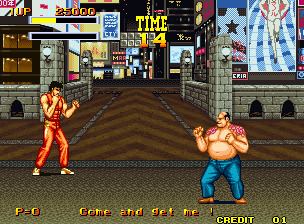
Antagonists are members of Heiwa-Gumi, a Japanese yakuza gang, though there are a few Caucasian bosses and mid-level bosses (including three wrestling characters, Tom Anderson, Gary Powell and the Mad Dilly, modelled after Hulk Hogan and Randy Savage), and the final boss is Italian mob boss Castella (Casterora in Japanese). Moreover, the game has no individual endings, no matter which character has been chosen. After defeating Castella, players are presented with various scenes of the game along with the credits, and finally a group picture of the main characters.
Reception
While Burning Fight was successful critically, it received a lukewarm welcome by fans of the genre. The lack of popularity led the game to fail to have the impact SNK was hoping for and Burning Fight was left behind its better known competitors. Sinclair User highlighted this sense of dullness by giving the game a rating of 74 and stating that, "Burning Fight is competent journey along the beat-'em-up road..." with average gameplay and having "no props at all."
